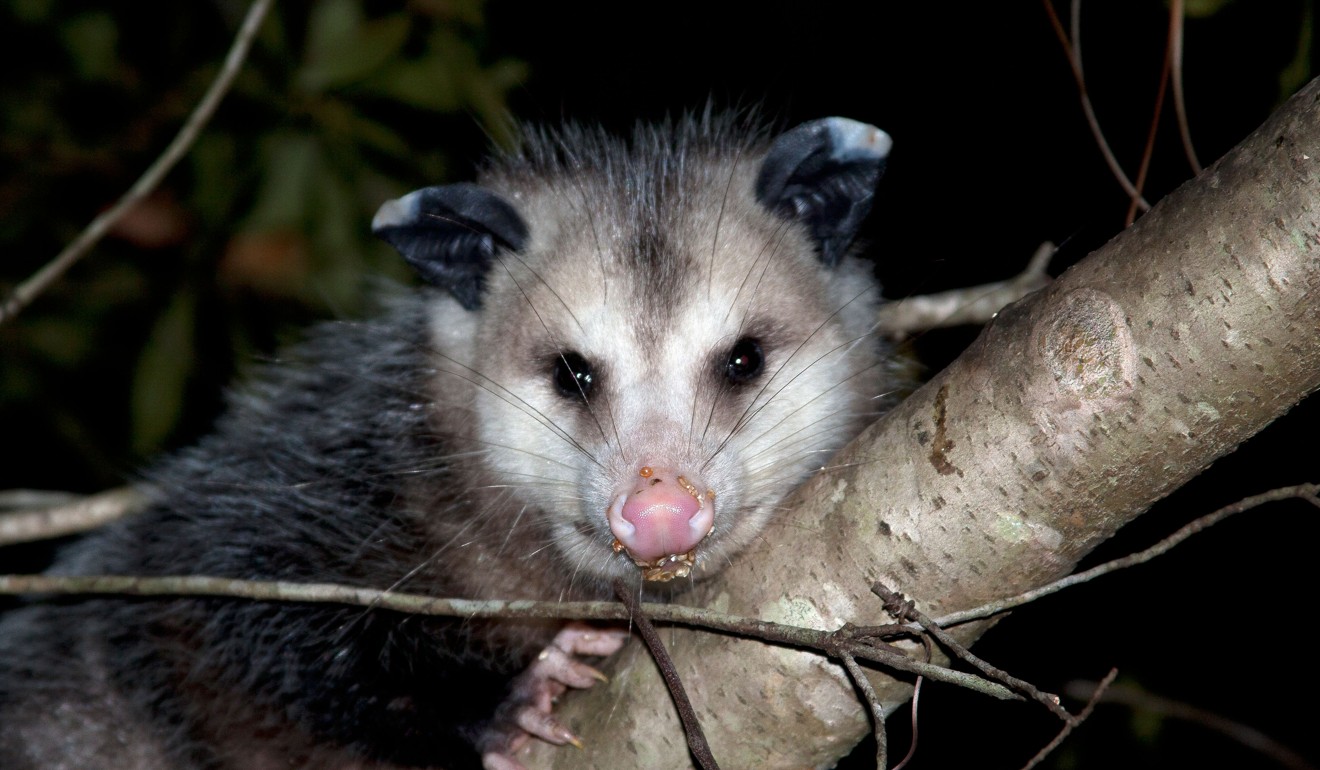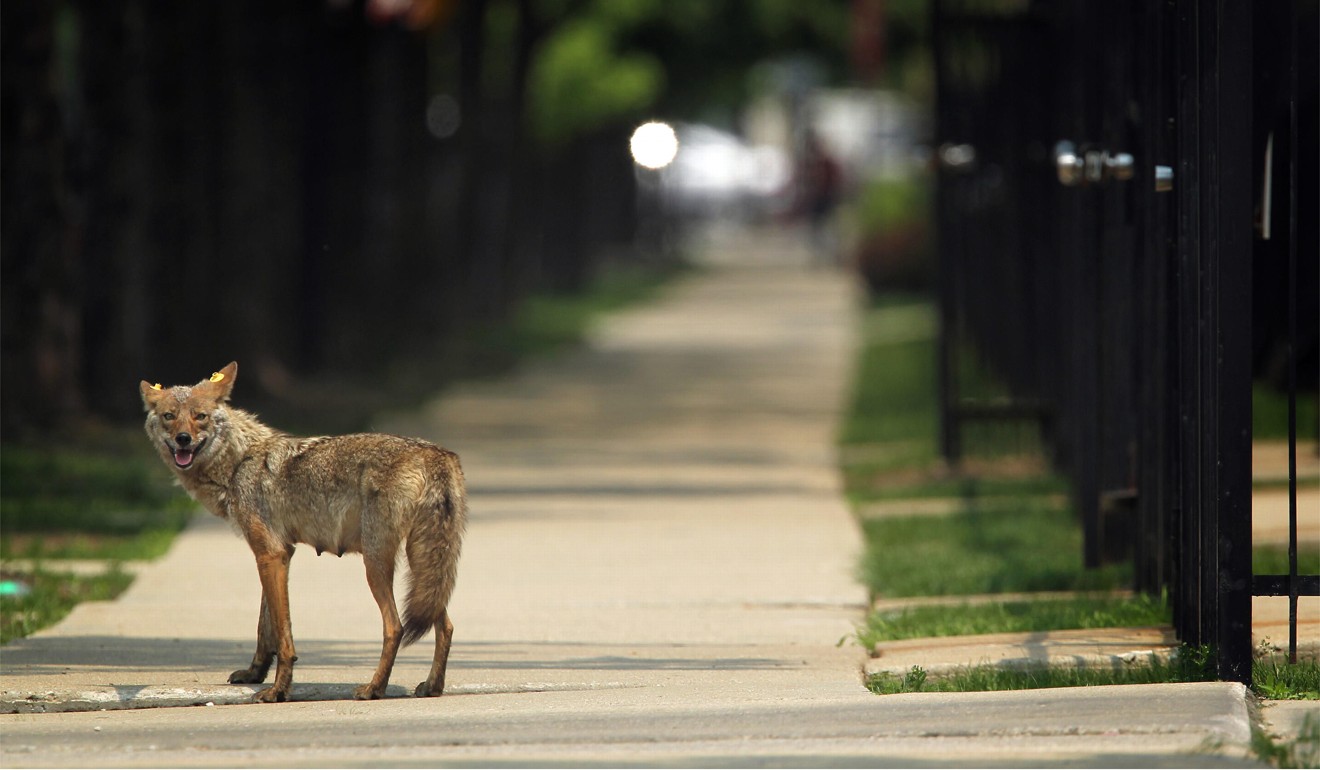
Five rat control solutions cities have used to be rid of the pests, though not always successfully
When rats are routinely jumping into prams in search of snacks, you know your city has a problem. From New York to Shanghai, here are five creative ways cities have tried to fix their rat issues – sometimes making matters worse
Worse, the rodents are finding their way to ever greater heights, with reports from city residents of rats on the sixth floors of buildings in which they had previously only been discovered on the second or third.
Pest-control services across the city have experienced a double-digit growth in demand in recent months, as Hongkongers have sought refuge from their unwelcome guests.
Of course, Hong Kong is not the only world metropolis that struggles with a rambunctious rat population. We look at how five cities have tried – and sometimes spectacularly failed – to keep the critters at bay.
How Hong Kong deals with gutter rats, but not those running the city
1. New York, United States
It is often said there are as many rats as the eight million people in the city that never that sleeps, but recent credible studies pin New York’s rat population at closer to two million. That’s still a lot of rats, though. The crafty creatures are often spotted darting across subway platforms, riffling through street-side garbage bags, and even jumping into prams in search of snacks.
Of New York’s five boroughs, Brooklyn is thought to have it the worst. In 2007, officials there tried to fight fire with fire by releasing opossums into Brooklyn’s public parks, hoping they would eat the rats. But the rats outran their would-be predators, and the opossums instead took to feasting from community bins and fruit trees.

In short time, the opossums became an epidemic of their own. As the New York Post reported in 2010, “Wild possums are destroying Brooklynites’ gardens, threatening small dogs and terrifying teenage girls.”
2. Chicago, United States
Rats might have outpaced opossums in New York, but they haven’t escaped the hungry jaws of coyotes in Chicago.
By some estimates the Windy City has the worst rat problem in the US, but residents there have received some reprieve – from the thousands of coyotes that have been allowed to roam Chicago’s streets since 2000.

The coyotes are officially part of a research project designed to understand coyotes’ behaviour in urban environments. Rodents, however, are a natural part of the coyote’s diet, meaning there’s plenty to eat for the canines in alleyways all over America’s third largest city.
For those who worry about any dangers posed by Chicago’s coyotes, there is in fact little to fear: since the beginning of the research programme, there has not been a single reported bite attack on humans. Rats, on the other hand, are known to have an occasional taste for human flesh, especially that of babies.
3. Paris, France
In the 14th century, as much as half of Paris’s population was wiped out when rats arrived carrying the bubonic plague. The plague dissipated by the 18th century, but the rats remained. Today, estimates routinely place the rat population in Paris at about eight million – four times the City of Light’s human population.
The problem is so bad that, for two months every spring, city officials order all hands on deck to help beat the vermin back.

Under a campaign known as “Le Smash”, short for Le Service Municipal d’Actions de Salubrité et d’Hygiène, city extermination teams comb public parks and spaces, while private citizens are asked to police their homes and businesses. Guidelines for handling trash and safeguarding buildings are widely publicised, and Parisians who fail to comply can face steep fines – as high as €450 (US$525) in 2014. Residents are even encouraged to tattle on neighbours whose bad habits might be a boon to the pests.
4. Shanghai, China
Paris isn’t the only city which engages its citizens in a bit of spring cleaning. In Shanghai, city health officials host a Spring Rats Elimination Campaign in hopes of curbing the rodents during their peak breeding season.
In every community in each of the megacity’s 16 districts, teams of hundreds are deployed to educate civilians, lay traps and spread poison. The large-scale effort might, to some, recall Mao Zedong’s “four pests” campaign – in which rats, along with flies, mosquitoes and sparrows, were targeted for eradication – but in a city where rats might number in the tens of millions, officials are unlikely to find fast success.

Still, as long as rats continue falling from restaurant ceilings and showing their furry faces on grocery store shelves, Shanghai residents will want to try anything they can.
5. Edinburgh, Scotland
Sometimes the best way to eliminate a pest might not be to kill them but to stop them from breeding.
According to National Geographic, one pair of adult rats can have enough litters, whose members in turn breed further litters, to increase the population by 15,000 in a year. New York and other cities have begun experimenting with “rat birth control”, a form of poison which, instead of killing rats, sterilises males and makes females infertile. And now, at the University of Edinburgh, researchers have unveiled plans to take birth control a step further.
Australian rodent first to go extinct because of climate change
Using the gene-editing technology known as Crispr, scientists might be able to create rats without a fertility gene. If these rats were introduced into Great Britain’s general population of more than 10 million rats, that population could fall precipitously over several generations.

Unfortunately, it could be years before cities are able to see real results. As long as rats are scurrying over feet and scaling walls to enter flats, city residents might not be so patient.

